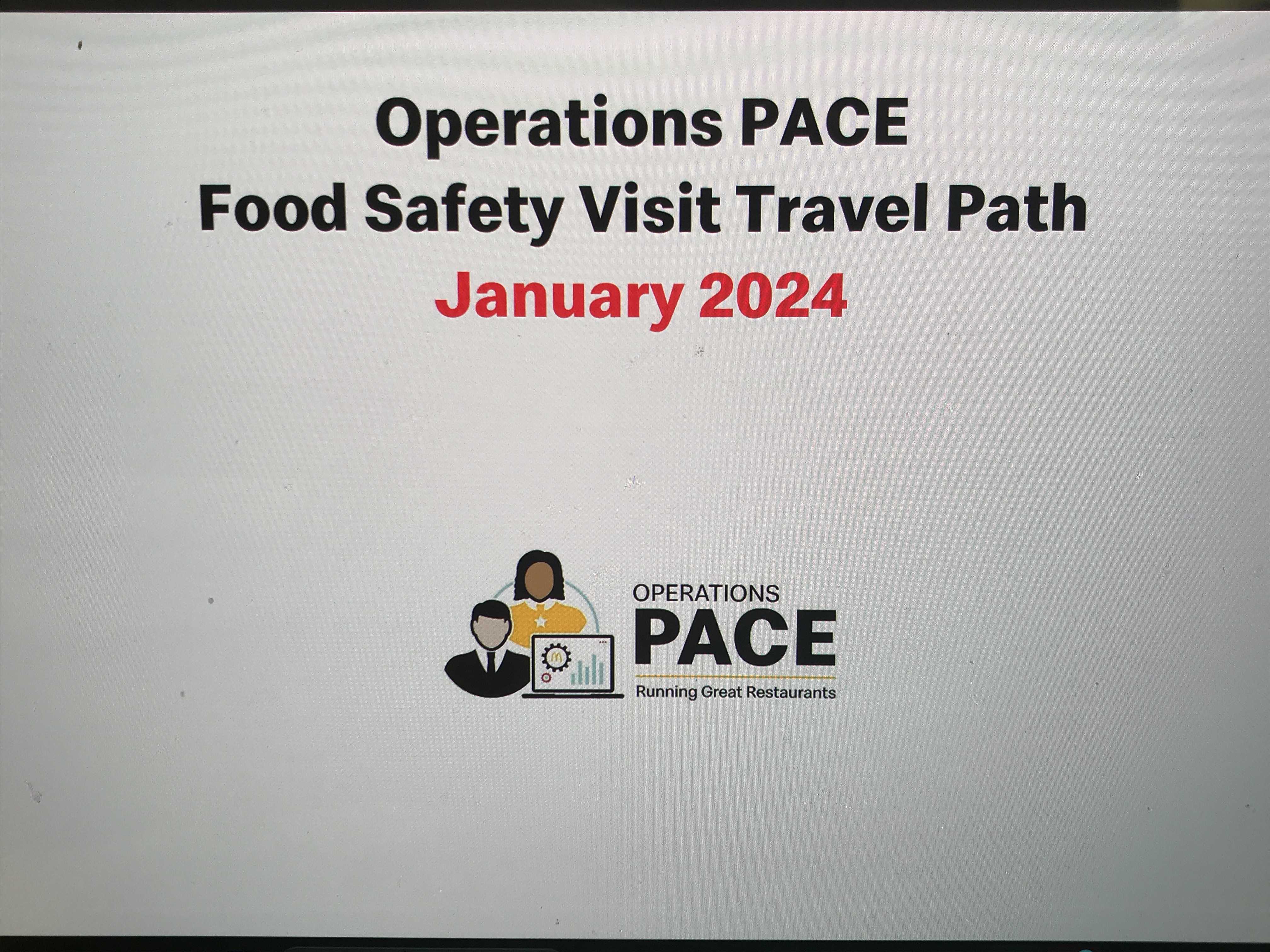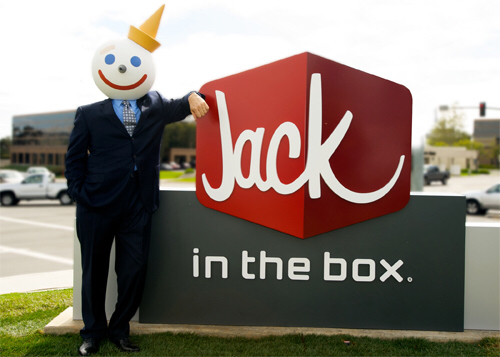Title Page
-
Site conducted
-
Conducted on
-
Prepared by
-
Location
Dinning room
-
Ask for the Shift Manager
-
Introduce yourself
-
Explain the purpose of the visit
-
Welcome them to walk with you (not required)
-
Inform them you will need some of their time for questions
Behind the counter
-
Without referencing materials, what are the symptoms of when an employee cannot work? The manager must recall the symptoms
Explain that is important to know this without a training aid in case they find out that the employee is sick and need to know right away which symptoms require them to be excluded from working. If an employee is working with these symptoms, they could spread their illness to the food and others.
-
What are the reportable illnesses? Managers may reference materials
-
When can an I’ll employee return to work?
Documentation
Food safety Records
-
Last 60 Days of DFSC
-
For Digital Records 80% completion
-
Last two monthly food safety procedures verifications
-
Pest management service report
-
Procedures for non-food spill clean up
-
ServeSafe or equivalent certificates for all managers
-
Records of tracking for food safety training of all employees
-
The last health department inspection report
-
Previous EcoSure report
Request pyrometer
Ask about hourly handwashing procedures and when next will begin
Observe to ensure the handwashing procedure is followed as describe
Ask about the process for cleaning UHC trays and utensils every 4 hrs
Observe to ensure a process is followed as described
undefined
Restaurant Area
Wash hands
-
Check supplies (check all hand wash sinks)
-
Check that warm water is available all sinks
-
Hand sinks are easily accessible
-
Measure sanitizer concentration in all clean towel buckets (50ppm or adobe)
Ice Machine Area
-
Assess ice machine, ice chutes, ice bins, ice scoops and transfer bucket
-
Check floor and drains for standing or pudding water
-
Verified Pyrometer calibration
ReFrigerated Areas (Check the two most frequent used reach in refrigerators and frezeers)
-
Ensure freezers are operating properly and that the items are solidly frozen
-
Check that refrigerated products are at or below a temperature of 40*F
-
Check that primary/secondary shelf lives are ion code
Prep Area/Grill/Fryer/Prep Table Area
-
Assess behaviors (hand washing/gloves) and personal hygiene procedures
-
Chemicals stored away from food and packaging
-
Sanitized towels are not left sitting out surfaces
-
Proper use of blue gloves and dedicated utensils used to prevent cross contamination
-
Proper use of clear/white gloves
-
Check that all produce, cheese and melted butter at prep table is marked with a secondary shelf life and is not expired
-
Check utensils and UHC trays for cleanliness and no build up and for condition (cracked or damaged)
-
Check fryers baskets for loose wires
-
Check the internal temperature of 10:1, Fresh meat, Crispy C, Filet-O-Fish, Round egg and breakfast steak, with the shift manager taking a least one set of beef temperatures (preferably fresh meat)
-
It is not required to check every product in a protein category, however, if they restaurant cooks other products during your visit evaluate the product temperature
-
Check the internal temperature of 3 TCS foods in hot holdings
-
Check under grills and fryers for excessive build up or signs of pests
-
Manager know how to correctly complete food safety checks
Back sink area
-
Check for hot water 110*F or higher
-
Check that back sink functions with all required supplies
-
Measure sanitizer concentration of sanitizer solution at back sink 200 ppm or avobe
-
Check function of soap and sanitize dispensers
-
Raw meat utensils washed separate and washed last
-
Floors ,walls, ceilings, and equipment in good repair
-
Check floors for pudding water, missing tiles and signs of pests
Back of the restaurant (Storage room and walk ins)
-
Evaluate walk-in refrigerator (take product temperatures) and freezer (read air termperatures)
-
Check to see if the food is covered/wrapped and stored properly
-
Check primary and secondary shelf lives of products in walk-in refrigerator (focus on produce, fresh beef, and chicken)
-
Check for any previously heated foods being saved
-
Check for approved food products and chemicals stored away from food packaging
-
Check for signs of pest infestation or for exterior pest entry points
-
Check water filters (if on coke program, mark yes)
-
Floors, walls, ceilings, and equipment clean and in good repair
Front counter/self serve beverage area
-
Check towel buckets
-
Chemicals stored away from food
-
Ice chutes are clean with no build up
-
Orange container with a lid and dedicated scoop use for nut-containing mix-ins
-
Ask the manager how they deal with a customer request for allergen information
-
The primary shelf life of milk and apples
-
Check under BIM Machine for signs of build up or pests
Restrooms
-
Check handwashing sinks suppplies and warm water
-
Ask the manager “When is the next time that restrooms are scheduled to be cleaned? What is your system ensuring that restrooms are cleaned a least every two hours?”
Exterior
-
Check for signs of pest infestation
-
Check corral








